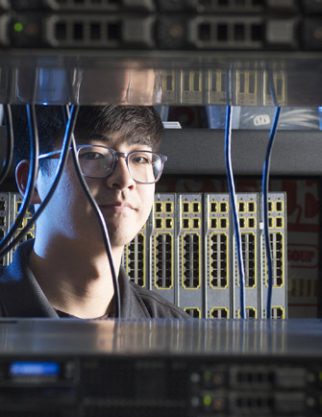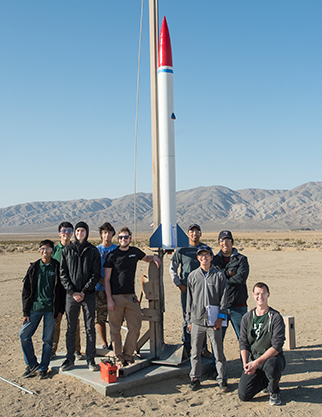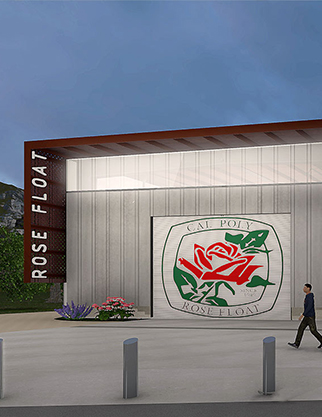On the Map
It was the graphic seen around the world.
As the COVID-19 pandemic swept across the globe and the United States, images of a map with a counter noting the number of coronavirus cases appeared on news broadcasts. That map, with data compiled by Johns Hopkins University, was created using software from Redlands-based Esri.
That’s a personal point of pride for Jeff Sumida (’12, communication). As a technical editor, he works in the department tasked with developing and curating the training materials used to teach agencies, universities and other entities how to use the software to its full potential to make their data come alive.
The Johns Hopkins map was one of the first to pull data from various government health organizations to track COVID-19 across the country. It helped capture a trend of rising cases and gauge the areas of the country with the greatest need for assistance by charting the number of infections, recoveries and deaths by region, Sumida says.
It’s sad and really tragic that the pandemic is happening. But given that it has happened, the fact that our software can be used to help is really rewarding.
Sumida began working at Esri in 2018. His current role in developing software training materials is a departure from his previous post. After graduating from college, the once-aspiring journalist took a job copyediting the magazine for the National Hot Rod Association. He worked his way up to managing editor before joining Esri, which was founded by Cal Poly Pomona alumnus Jack Dangermond (’67, landscape architecture) in 1969.
The core technology is the mapping software, which enables users to map whatever kind of data they want, he adds. Municipalities, utility companies and government agencies are among Esri’s biggest clients.
The change from magazine editing to his current role at Esri was a big switch for Sumida.
“There was definitely a big learning curve,” he says. “It took some time to figure out how to use the software. At first it was a little overwhelming, but Esri gave me time to feel comfortable using it.”
Even though dealing with software is different, many of the skills Sumida honed running the magazine and in his coursework at Cal Poly Pomona – a good grasp of grammar and an eye for spotting what could be worded better – have helped in his work at Esri, he says.
“Reading things that are, at times, over my head and making them understandable for people is a part of the job,” he says.
In high school, the Yorba Linda native knew that that he definitely wanted to go to college locally. His neighbor told him good things about Cal Poly Pomona and suggested he apply, Sumida says.
He had always excelled in his English classes and was interested in journalism. He started with an emphasis in journalism but later switched to public relations, thinking that a broader field of study would enable him to try marketing.
“One of my first internships was at a marketing company,” he says. “I didn’t like it and thought maybe I chose wrong.”
Sumida says he enjoyed his time at Cal Poly Pomona. It is where he met his wife Kim Sumida (’11, communication), who is the communications and social media coordinator for Associated Students Inc. The couple now have a son named Wesley, who is almost 2, and are expecting a second son in September.
His first job at the National Hot Rod Association enabled him to try his hand at journalism after all.
“I was good at it and enjoyed it,” he says.
Now, at Esri, he gets to tap into his writing, communication and public relations skills in one job, he adds. Sumida has adjusted to working at home well in the wake of COVID-19, enjoying an opportunity to spend more time with his family, he says.











